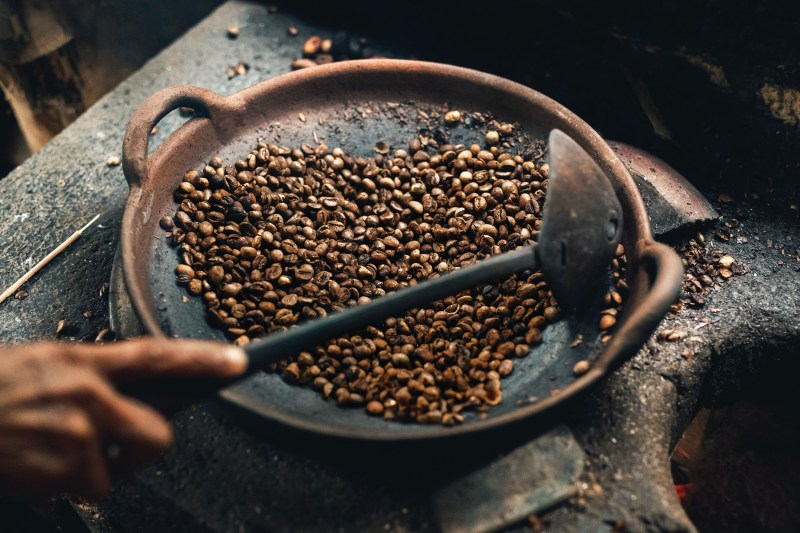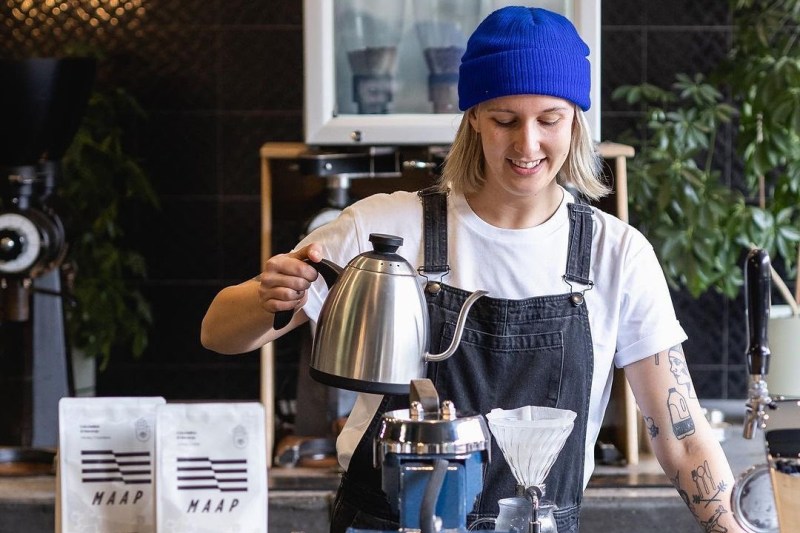Splurging is a habit we can’t seem to kick. Amid a less-the-perfect economy, we still love to eat expensive caviar, collect wildly high-priced spirits bottles, and order drinks with actual gold in them. Creatures of habit, I suppose.
The latest development within the topic? A coffee cup with an asking price of $150. Yes, a Portland coffee roaster offered a rare and limited-run cup of coffee. It goes down as perhaps the most expensive cup of coffee ever. The real question begs: Is it worth it?

Proud Mary offered the divine cup, having got its hands on a rare batch of award-winning product. Just eleven cups were sold, as the roaster was on a shortlist of places lucky enough to get a small quantity of the coveted beans. Between the brand’s Portland and Austin locations, just 22 cups were available. They sold out in a single day.
The coffee hails from Panama and is dubbed Black Jaguar Geisha. The name alone is worth $150 a taste. It just took top prize at the Best of Panama competition, largely considered the best coffee competition on earth. Those who have tasted the stuff offer some pretty bizarre tasting notes, ranging from fruit loops to taffy.
It is grown by a family on land adjacent to a rainforest. The crop enjoys ample shade and sits at nearly 6,000 feet in elevation. As the roaster suggests, this is not the kind of coffee you mix into a cocktail or douse with milk or cream. It’s bursting with flavor and nuance and needs to be enjoyed neat, like a fine wine or high-end whiskey.
Why do we love things like this? Scarcity sells, as do coveted products that shine in their fifteen minutes of fame. But there’s something more to it, perhaps a sensation solidified by the pandemic and years of not-so-great news. We seem to be living in the moment more than ever, and that’s the ideal kind of climate for a cup of coffee that costs about as much as an entry level smartwatch.
There’s psychology at play, of course. Once you’ve let go of $150 for five ounces of liquid, that liquid better taste good. There’s a strong chance your brain will convince you of as much, regardless of the real caliber of the stuff. But in the coffee’s defense, the Best of Panama competition does involve genuine blind tastings. So perhaps it’s as good as the few lucky enough to try it say it is.

There’s a good chance Proud Mary will do something like this again next year, so get ready to fight the regulars for this ultra-exclusive cup of Joe. We weren’t fortunate enough to taste the stuff, so we’re not sure if it’s worthy of our best coffee beans list, but something tells us it would have competed well for a place. We’ll try again next year, mug in hand.


